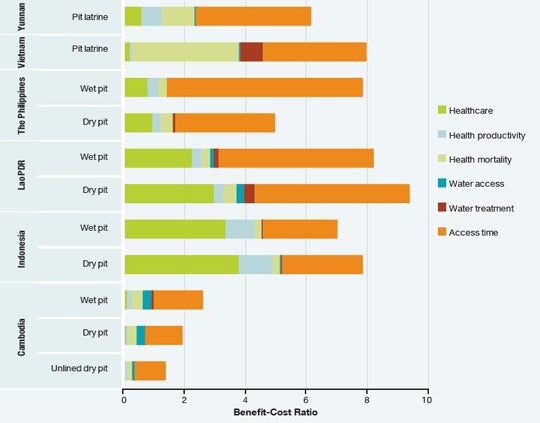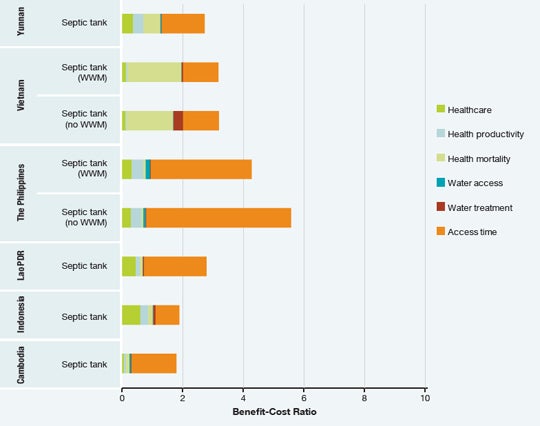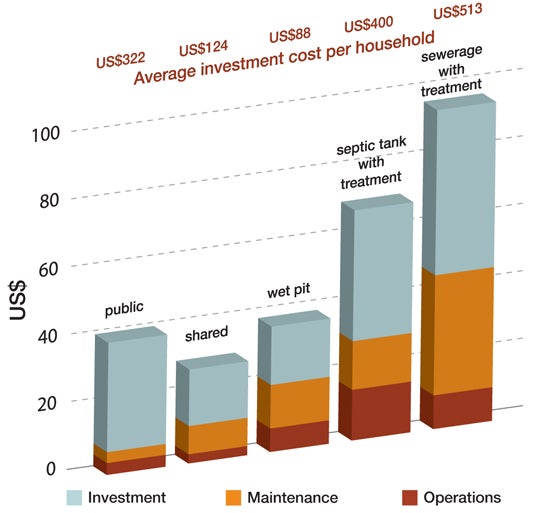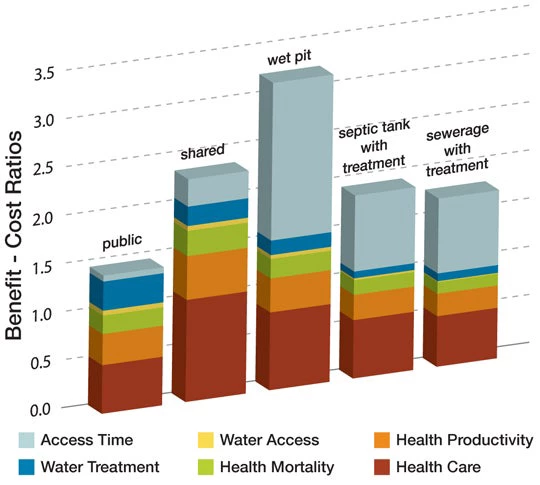When we go to the supermarket, our decision-making is considerably aided by having the price, ingredients and source of goods clearly labeled. This allows us to rapidly compare the characteristics, perceived benefits, and price of different products to make what is usually an informed and instantaneous purchase decision.
When it comes to making investment choices for public programs, we do not traditionally have the same luxury of information. The full benefits and costs of those interventions, including the long-term costs to maintain and operate a service, are rarely understood or taken into account in the decision. As a result, public decisions are usually made based on the most visible costs (capital investment required from the public budget), historical choices and the political process.
To reduce the detrimental effects of these influences, we need to move public sector decision making more towards the supermarket model, and increase the availability of key information so that decisions can be more rational, consistent, and transparent.
Since 2007, the Water and Sanitation Program (WSP), part of the World Bank’s Water Global Practice, has been attempting to put a price on sanitation by essentially understanding two sides of the same coin: what the costs of current inaction on sanitation are (i.e. how much poor sanitation costs households and the wider economy) and how much acting will cost (i.e. increasing access to sanitation services).
When it comes to acting, we need to understand the alternatives. What technology option best suits the preferences and local practices, available land, population density, disposable income, and willingness to pay of different population groups? What are the benefits of different technology options? And who is able to pay for the costs of behavior change, capital investment and sustained service delivery?
In order to answer these questions, 47 field sites that had recently implemented a sanitation program were selected across 6 Asian countries, covering rural, urban and peri-urban areas. Both the costs and benefits of sanitation were collected for these field sites, spanning across available technology options. Country reports and briefings from this work (Economics of Sanitation Initiative, Phase 2) have been previously published. Among the many findings summarized in the newly released synthesis report, we found:
- In rural areas, returns on pit latrines are at least 5 times their cost, significantly higher than septic tanks due to the latters’ higher capital costs. Dry pit latrines do not consistently have a higher return than wet pit latrines, due to the (commonly) shorter expected life of the hardware of dry pit latrines (see graph below).

- In urban areas, septic tanks with fecal sludge management and flush toilets with sewerage were found to be economically viable in most countries, with economic returns of around 2 or more per unit spent. However, there are significant variations between countries. While simpler latrines have a higher rate of economic return, they are not feasible or legal in many urban settings. Furthermore, the environmental benefits of full excreta management could not be fully quantified by the study (See graph below).

- Within the same country, comparisons of the costs and the benefit-costs of different technology options arms policy makers with key information that supports decisions. Using the example of urban Indonesia, these graphics combine capital and annualized costs with the average economic return per currency unit invested, showing clearly the different performances of different technology options (See graphs below).


Related links:
East Asia: Economics of Sanitation Initiative
Report: Economic Assessment of Sanitation Interventions in Southeast Asia: A Six-Country Study Conducted in Cambodia, Indonesia, Lao PDR, the Philippines, Vietnam and Yunnan Province (China) under the Economics of Sanitation Initiative


Join the Conversation